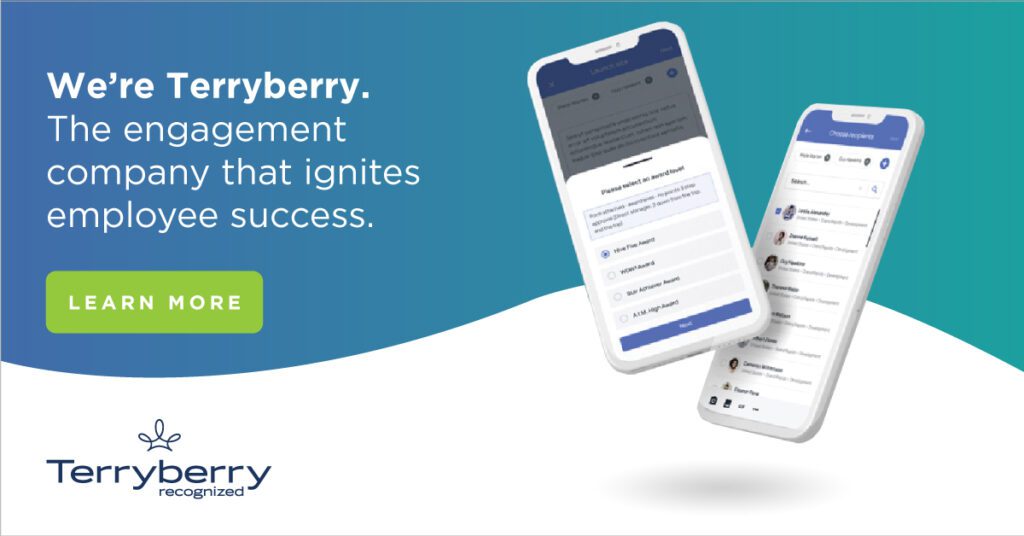February 3, 2023

According to a 2021 report from Glint, belonging is the second most important factor in creating a great workplace culture. Creating an environment where employees feel safe to be themselves is the foundation for belonging at work.
But one way to erode that foundation is allowing microaggressions to go unchecked.
Since the killing of George Floyd and the Black Lives Matter protests in 2020, the topic of racism has taken centerstage in a way our nation hasn’t quite seen before. Discussions of unconscious bias, DEI training, and the concept of microaggressions have all been brought to the surface and have sparked conversations many of us have never had – especially at work.
But understanding what microaggressions are, how they can be experienced in the workplace, and what can be done to address them is crucial for creating an inclusive and respectful work environment.
To help you navigate these interactions, we’ve outlined how to identify, address, and move passed microaggressions at work.
What is a Microaggression?
Microaggressions are everyday slights, insults, and indignities that are directed towards people from marginalized groups. They’re subtle, oftentimes unconscious, acts of discrimination that can harm marginalized individuals and create a hostile work environment.
These marginalized groups can include:
- Racial minorities
- Sexual orientations other than heterosexual
- Women
- People living with disabilities
- People living with a mental health condition
- And more.
While microaggressions can be intentional, they tend to be unintentional and without malicious intent. Regardless, they can still cause significant harm and perpetuate hurtful stereotypes and biases.
Examples of Microaggressions
Microaggressions aren’t always obvious. Due to the nature of this type of aggression, they can be harder to spot and oftentimes aren’t negatively intended. This is why it’s all the more critical to be trained in spotting them.
Some examples of microaggressions include:
- Commenting on how well someone speaks English, assuming it isn’t their first language based on their ethnicity.
- Telling someone they have an exotic look or name.
- Telling someone, usually a woman, that they’re being too emotional or that they should smile more.
- Saying you have OCD because you like to be organized.
- Asking someone if they have a husband/wife or boyfriend/girlfriend, assuming a heterosexual orientation.
Why it’s Important to Address Microaggressions at Work
It may be tempting to avoid discussions around microaggressions all together. A common critique against the concept of microaggressions is that society has become too sensitive – that these remarks are harmless and calling them microaggressions blows them out of proportion.
But we now know these remarks aren’t harmless. In fact, researchers have found links between microaggressions and adverse physical and mental health.
One study found that in a sample of 405 students at an undergraduate university, depressive symptoms were the link in the relationship between racial microaggressions and thoughts of suicide.
Another recent study focusing on Native Americans, showed a correlation between microaggressions and self-reported histories of heart attack, depressive symptoms, and prior-year hospitalization.
Furthermore, microaggressions can create a hostile work environment, leading to lower job satisfaction, decreased productivity, and high levels of stress and anxiety. They can also contribute to higher turnover rates, particularly among employees from marginalized groups. Microaggressions can also erode trust and morale, making it difficult for teams to collaborate effectively.
Additionally, a study by Fortune Magazine showed that 68 percent of workers in the U.S. consider microaggressions to be a serious problem in the workplace.
So, if you’re considering the employee experience at your company, resist the temptation to explain away or overlook microaggressions. Instead, it’s important to work towards developing a strategy for dealing with them head-on.

How to Deal with Microaggressions at Work
While microaggressions will likely happen most frequently among employees, it’s up to leaders to lay the groundwork for how they will be dealt with. Doing so sets the tone for company culture and just how psychologically safe employees are able to feel.
Here are a few ways leaders can handle microaggressions in the workplace.
Create a Listening Strategy
It may be a good idea when developing a strategy around microaggressions to start with a pulse survey. Tell your employees that in an attempt to create a sense of belonging for all people, this is an initiative you’re working towards addressing and correcting. Being upfront about your intentions to improve culture will help build a sense of trust with your team, rather than feel like a policing scheme.
Use these surveys to ask if they’ve ever felt that they were the victim of, or have witnessed, a microaggression at work. You can choose to ask for specific examples, but keep in mind that doing so may risk anonymity.
RELATED: What is an Employee Engagement Survey? And Why Should You Care?
These questions will help you gauge the magnitude of the problem you’re facing. Then, consider following up with more surveys throughout the year to monitor progress.
Also, consider offering an anonymous or non-anonymous “drop box” where employees can voice their concerns or report a microaggression - or any threat to a culture of belonging. Consider scheduling check-in sessions where employees are free to voice their concerns.
Employees need to know that they have a safe space to be heard, without the threat of retaliation.
Aim for Progress, Not Perfection
Aiming for progress instead of perfection essentially means creating an environment where it’s ok to make mistakes. Doing so can help ease the tension surrounding some of these uncomfortable conversations.
While it’s not the responsibility of the marginalized person to educate or protect the perpetrator’s feelings, it can be important to remember that most microaggressions generally don’t come from a place of malicious intent.
In fact, many perpetrators of microaggressions believe themselves to not be racist. So, responding to a microaggression with accusations of racism will likely be met with defensiveness. And when someone is on the defense, it’s difficult to keep an open mind or reflective perspective.
One way leaders can address microaggressions is to use a phrases like:
- “Do you mind clarifying what you mean by that?”
- “I know you didn’t intend to, but when you said ____, it might make people feel _____, because ______.”
- “Did you know, that can actually be considered to be a hurtful phrase to ______ people?”
- “I noticed you said ____. I used to say that too until I learned ______.”
What can be effective about these phrases is that they help invite the other person into a learning opportunity. They provide the opportunity to open a conversation about why certain phrases can be hurtful and can neutralize some defensive feelings.
DEI Training
Another way to tackle microaggressions in the workplace is to conduct ongoing, company-wide DEI training. DEI stands for diversity, equity, and inclusion. It’s a conceptual framework that strives for more fairness and empowerment for individuals who have typically been underrepresented or subject to discrimination in the workplace.
DEI training can help prevent microaggressions from occurring in the first place due to education. When employees learn more about the lived experiences of their coworkers, they’re less likely to continue to reinforce hurtful stereotypes.
Additionally, DEI training can contribute to better business outcomes, higher employee retention, more innovation, and it can help reinforce company values.
RELATED: 5 DEI Best Practices: What You Need to Know About Diversity, Equity, and Inclusion in 2023
Next Steps
While microaggressions may be common, they’re still a harmful form of discrimination in the workplace. Microaggressions slowly erode company culture by creating a hostile work environment, leading to lower job satisfaction, decreased productivity, and high levels of stress and anxiety.
By understanding what they are, how they can impact employees, and what can be done to address them, organizations can create a more inclusive and respectful work environment for all employees.

